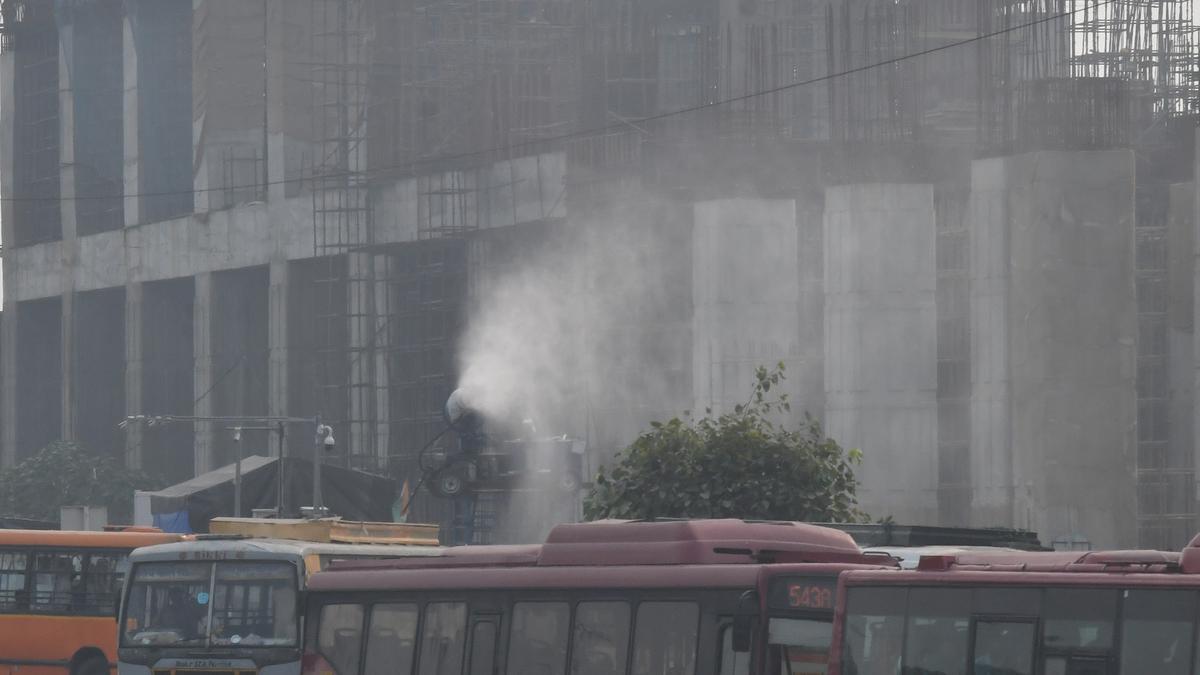Air quality in Delhi and its suburbs improved further on November 19 due to favourable atmospheric conditions, primarily wind direction and speed, monitoring agencies said. The city’s air quality index stood at 290 at 7 a.m. The 24-hour average AQI, recorded at 4 p.m. every day, was 319 on Saturday, 405 on Friday and 419 on Thursday. Neighbouring Ghaziabad (275), Gurugram (242), Greater Noida (232), Noida (252) and Faridabad (318) also recorded very poor air quality. An AQI between zero and 50 is considered good, 51 and 100 satisfactory, 101 and 200 moderate, 201 and 300 poor, 301 and 400 very poor, 401 and 450 severe and above 450 severe plus. The Centre on Saturday removed stringent curbs, including a ban on construction work related to linear projects and the entry of polluting trucks into Delhi, in view of the dip in air pollution levels. These measures constitute the final stage, Stage IV, of the Centre’s air pollution control plan called the Graded Response Action Plan (GRAP). The Commission for Air Quality Management in National Capital Region and Adjoining Areas (CAQM), a statutory body responsible for formulating strategies to combat pollution in the region, asked Delhi and NCR states to revoke all emergency measures, under which only CNG, electric and BS VI-compliant vehicles from other states are allowed to enter Delhi, with exemptions granted to those involved in essential services. All medium and heavy goods vehicles not engaged in essential services were also banned in the capital under Stage IV of GRAP, according to the latest CAQM order. The pollution control body said all other curbs under stages I, II and III of GRAP, including a ban on non-essential construction work, mining, stone crushers and diesel generators will continue. The air quality forecasts by the India Meteorological Department/Indian Institute of Tropical Meteorology do not indicate any steep degradation in the overall air quality of Delhi-NCR in the coming days, the CAQM said. Recent findings from a joint project by the Delhi government and Indian Institute of Technology (IIT), Kanpur found out that vehicular emissions accounted for about 45% of the capital’s air pollution on Friday. This reduced to 33% on Saturday. Secondary inorganic aerosols — particles such as sulfate and nitrate that are formed in the atmosphere due to the interaction of gases and particulate pollutants from sources like power plants, refineries and vehicles — is the second major contributor to Delhi’s foul air, accounting for 19 to 36% of the air pollution in the city over the last few days.
Air quality improves in Delhi due to favourable atmospheric conditions

-
Uncategorized










